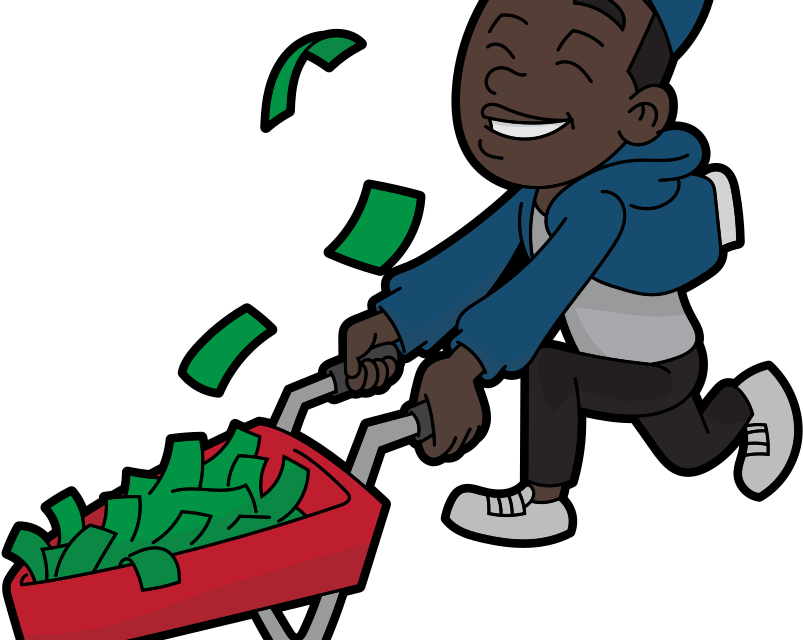This is more than just a catchy headline, it is a true story. Her name is Markita Andrews, and at just 13 years of age pulled off that remarkable achievement. Markita is a girl scout – let me just briefly explain what a girl scout is. According to the Oxford dictionary, a girl scout is a member of the Girl Scouts of America or a similar organization of girls that promotes outdoor activities, good citizenship, and service to others. Markita’s goal was to raise some money for a certain initiative. She was going to do that by going to people’s houses asking for donations.
Her Witty Plan
She would go to a house and ask for a US$30000 donation. As can be expected people would not be in a position to just give her that amount. Literally, she expected people to indicate that they cannot help her. When they did so, she would instead ask them to at least purchase a box of Girl Scout cookies. By so doing she was playing into the psyche of people using a very powerful strategy that I am going to discuss in this article.
Rejection-Retreat Strategy
That is what Markita was basically doing when she was initially making a lofty request and then toning it down after the initial turndown. The initial request you make is obviously too steep – it is a deliberate thing. Then the follow-up request you make later on is more manageable; in fact, it will be the one you really had in mind from the onset. You can actually replicate this exact thing that Markita did to raise funds for some cause. However, that is not all; you can use it in your business for various other sales-related initiatives to prime people to buy.
Using The Rejection-Retreat Strategy For Your Business
Mixing High-Priced With Less-Priced Products
The principle here is that you want to push sales for the less-priced products. To make it even more strategic ensure that the margins on the less-priced products are significant. When you mix them up make sure the high-priced products are placed in such a way that they are noticed first before the less-priced ones. However, you must ensure that the less-priced ones are not completely unnoticeable. The trick is that you want consumers to notice the expensive ones first then they notice the cheap ones later. When they notice the cheaper ones, they will feel somewhat relieved (like, “Oh! There is something cheaper after all”) and more inclined to buy them.
Price Lists – From Most Expensive To Cheapest
If you have to present price lists, you can also employ the same approach. Top of the list should the expensive products then they descend going to the cheapest. The rejection-retreat strategy will be at play when you do your price lists like that.
Business Website Designs
In designing or getting your websites designed to use this strategy. On websites, you can use it in several different ways. One of them is on the interface – you probably might have noticed this on most websites. If you have premium offers or premium products you display them at the top part of the homepage – in the form of ad banners. This can be replicated on every page of the website. This will prime people to explore your site further (in search of cheaper options); a process through which they will come across cheaper products.
Getting Customer Information
Getting customer information from customers is not always easy. Especially in this day and age where issues like identity theft, selling of personal details and what nought, people are sceptical. You can use the reject-retreat strategy to get customer information. Here is how you can do it: you make a steep offer or request knowing full well it will be rejected. Then once someone declines you kindly ask for details promising to avail cheaper ones. You could even ask for the details promising to contact them when cheaper options become available. This is just one example but the scenarios are many.
The rejection-retreat strategy seems or sounds simple but it works. You probably might have heard people encouraging you to initially make a higher offer or demand in negotiations, for instance. Yet you know exactly where you really want to end up which would be lower than the initial position. If Markita managed to make US$80000 selling cookies using this principle, so can you for virtually anything.








